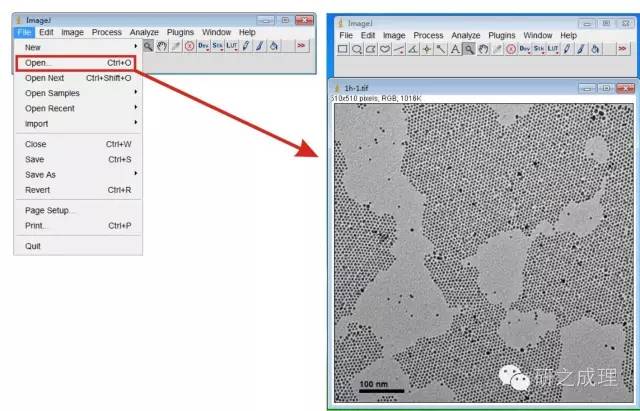


predicted the presence of quantum vortex states in particle wave functions and theoretically studied their motion. Nye & Berry developed a theory of phase dislocations and singularities in general wave fields, and later analysed electron ‘whirling wave’ solutions. Several theoretical works proposed vortex solutions in freely propagating wave fields, too. The related concepts of wave function vortices, topology and angular momentum have become central to many modern topics in condensed matter physics and many-particle physics. In the 1970s, Hirschfelder and colleagues conducted a wider study of phase singularities in matter-wave systems, noting that quantized vortices seem to be an intrinsic property of many physical systems. Quantum vortices have been observed in a variety of quantum material systems first in superfluid helium, then flux vortices in type II superconductors and on to Bose–Einstein condensates. From this it can be seen that such quantum vortex wave functions are orbital angular momentum eigenstates, with. The quantum vortex can be defined by a spatial wave function that includes an azimuthal phase factor,, where integer is the topological charge of the spiral phase singularity and ϕ is the polar angle about the axis of the phase singularity. At the vortex core, along the nodal line, the phase of the wave function is undefined and the amplitude is zero. While Dirac specifically considered quantized electron vortex lines terminated by magnetic monopoles, his consideration of quantized circulation led to a more general understanding of quantum vortices in a greater variety of physical systems.Ī quantum vortex is a de Broglie wave function that has non-trivial topology a vortex state cannot be continuously deformed into a different vortex state without introducing another dislocation in the fluid or wave function. Tonomura and colleagues proposed the use of electron holography (electron matter wave interferometry) to detect magnetic monopoles, describing the spiral electron wavefront topology and telltale forked interference fringes that would result from a scattering event with a monopole. With these considerations, Dirac was able to derive a theoretical value of a magnetic monopole quantum in terms of the electron charge e, the speed of light and Planck’s constant. In order for the scattered electron wave function to not be multivalued, Dirac argued that the amplitude must vanish along a nodal line, and that the azimuthal phase about this singularity must be quantized, thus continuing the thoughts of Thomson, Kelvin and Rankine. Paul Dirac considered that an electron wave function scattering from a theoretical magnetic charge (magnetic monopole) would acquire an azimuthal phase. The son’s discovery that electrons could behave like a delocalized fluid re-opened the door to the elder Thomson’s vortex theory of matter. Thomson’s discovery of the electron, his son, George Paget Thomson, demonstrated the wave-like nature of electrons by diffracting cathode rays from a thin crystal, a finding that earned him the 1937 Nobel Prize.

However, whereas the original vortex model of matter was developed to describe the internal structure and behaviour of atoms, these recent demonstrations of electron vortex states occur in freely propagating electron wave functions.
#Dm3 file singlecrystal free
The relatively recent experimental demonstrations of free electron vortex states thus represent a continuation of a centuries-old idea. However, the general idea that particles (and electrons in particular) could have a vortex structure, and an associated angular momentum and azimuthal phase, continued to play an important role in twentieth century physics and beyond. Thomson himself, a finding for which he ultimately won the 1906 Nobel Prize in physics, he and others abandoned the vortex theory of matter. After the discovery of the electron by J. Thomson (no relation to Lord Kelvin) developed this idea further by analysing interactions between intertwined vortices of matter. This inspired further work by Lord Kelvin (William Thomson), who supposed that atoms could be described as knots of vortices in the aether. In 1850, William Rankine presented a paper titled ‘Hypothesis of molecular vortices’ to the Royal Society of Edinburgh. One of the earliest reported observations of phase singularities in a wave system was made by Whewell in his study of the tides in the 1830s and discussions in a modern context in. can be interpreted as a crucial link in a chain of thought extending to a much earlier hypothesis of a vortex nature to matter.


 0 kommentar(er)
0 kommentar(er)
